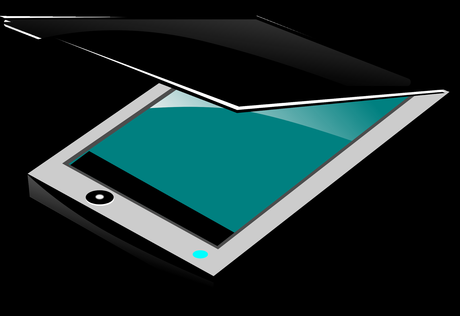What is a scanner for a computer?
A scanner is a device that can read images from paper documents, photographs, etc. A scanner may take the form of a flatbed scanner, a sheet-fed scanner, a portable scanner, or a handheld scanner.What is the difference between a flatbed scanner and a sheetfed scanner? Which one should I get?
A flatbed scanner is a type of document scanner that scans documents from top to bottom. The image is then saved into a computer file. Sheetfed scanners scan multiple pages at once. They are usually faster than flatbed scanners because they don't have to flip the page over.
Flatbed scanners are great for scanning large amounts of paper or other documents. They are also cheaper than sheetfed scanners. On the downside, flatbed scanners tend to produce grainy images. If you want high quality photos, you'll probably need a sheetfed scanner.
How often do you forget to charge your phone or laptop? This happens to everyone at some point. If you don't want to miss out on important emails and calls, you'll need to get a reliable mobile scanner.
Mobile scanners are portable devices that allow you to scan documents from anywhere. They can also be used to send faxes and convert images into PDF files.
Mobile scanners are essential tools for anyone who wants to stay connected. Whether you need them for personal or professional reasons, they can save you time and effort.
With so many choices in scanners today it is not always easy to know which type to buy. There are three basic types of scanners on the market and these include the flatbed scanner, the film/slide scanner and the drum scanner. While the flatbed scanner and the film/slide scanner have their differences they do share a similarity in that they both have the “same fundamental operational theory.” Both these types of scanners utilize the same light source that makes it possible to reflect an image onto a mirror and the mirror then is able to reflect the image through the lens and then into the camera. This is the light/color sensitive elements that are able to translate the image that comes through the lens into data that is digital in nature and then transfers the data to the computer. Once this happens the digital image can then be saved as a file on the computer and then you can see it, print it out and if necessary you can then edit it by way of software geared towards photo editing.

The differences between these scanners lie in how the image is processed and how proficiently the color of the digital image comes out. The most popular kind of scanner is the flatbed scanner because it is incredibly versatile and is very simple to understand and use. Be aware however that all three kinds of scanners have their advantages.
A flatbed scanner allows a person to scan almost any item that will be able to fit on the surface that can be scanned. The flatbed scanner also makes it possible to scan 3D objects. Most flatbed scanners take into account items that are two feet in length by 1.5 feet wide and also items that are a few inches thick. Most items for flatbed scanners are fitted for pictures that are 8.5”x 11”(A4) paper.
Flatbed scanners are able to scan photos and many of them are also able to scan negatives, transparencies and slides by way of an adaptor and software. Some flatbed scanners are able to have an addition of an automatic document feeder included to them. In this way the scanner is like a photocopier. Multiple documents can be used for the scanner.
A film scanner is also referred to as a slide or negative scanner. This type of scanner is meant only to scan film and they tend to be more expensive to purchase than a flatbed scanner. A film scanner has a higher native optical resolution, which is usually 1800 DPI. A film scanner is compact and while some are designed with a pull out tray for film, others come equip with an automatic film loader.
Regular consumers do not often purchase a drum scanner but professionals in the photo industry commonly do. A drum scanner will give tremendous color accuracy but it is extremely expensive to buy. If you need this type of scanner then be ready for the price tag- drum scanners start at approximately $30,000 and up. The way the drum scanner operates is very different from the flatbed scanner or the film scanner. This type of scanner makes use of a round cylinder drum where the film or photo is positioned and a Photo-Multiplier Tube (PMT) acts as a sensor to record the image. The drum then rotates and reflects the image in a vertical direction. The lens then moves carefully over the photo in a horizontal direction until the entire image has been fully captured. Color filters transmit the scanned image to the PMT. These filters are red, green and blue and are abbreviated to RGB. These filter together are able to create millions of different color combinations.
